It seems that nowadays no matter where you look, you’ll find pictures of llamas. It’s like it happened overnight, and now everyone loves llamas!
When you come to think of it though, can you really blame them? Who doesn’t love llamas!
You can find them on t-shirts, socks, or even tote bags along with catchy phrases like “no probllama”. Fans of llamas don’t stop there though, with some llama super fans hiring them for their weddings!
So, what is it about llamas that seem to have the world so crazy about them? Is the attraction anything more than the chance for some llamae wordplay?
Llet’s take a llook at some llikable llama facts and see what we can come up with!
Llamas are actually from the same family as camels.
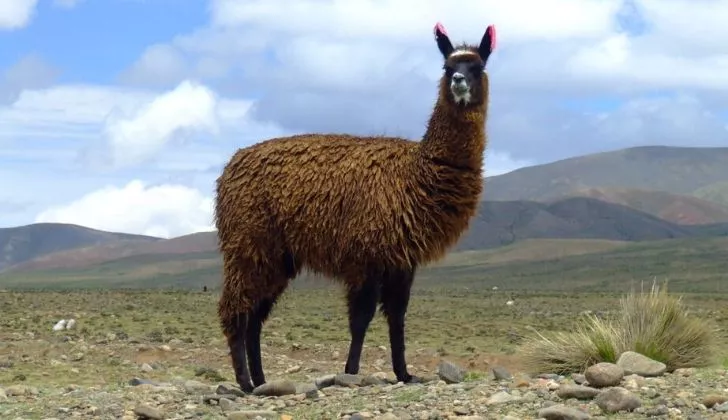
Llamas and camels both come from the Camelidae family, making them distant cousins.
An interesting twist to the Camelidae family is that neither camels, nor llamas, nor any of their relatives still live in the region they originated from.
Camelids originally evolved in the North Americas, and it wasn’t until around 2 or 3 million years ago that the family split apart and went to the regions they’re now found today.
Llamas were in the US long before humans were.
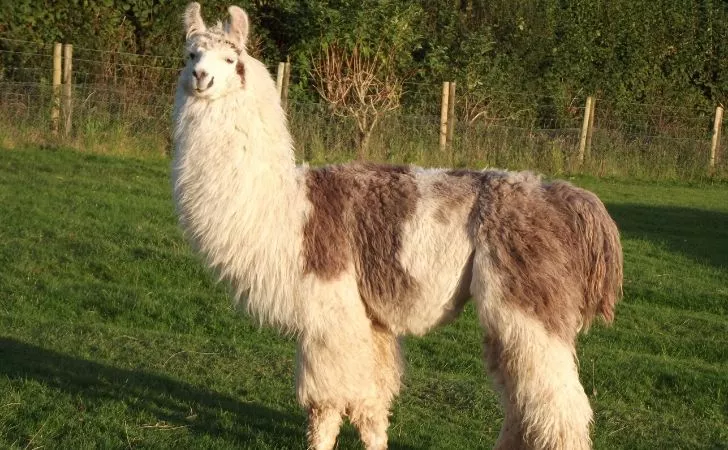
Well, not exactly llamas, but very, very close relatives to them.
These pre-historic llamas were called Hemiauchenia, and it was from this species that all modern llama-like animals such as llamas and alpacas are descended.
The Hemiauchenia were much larger than their modern descendants though, growing taller than your average human male!
These giant beasts roamed across the southern regions of the modern-day US for millennia before going extinct sometime around 25,000 years ago.
That being said, llamas are native to South America.

The llama that we know and love today is undeniably a South American animal.
More specifically, they come from a region of Peru and Bolivia in the Andes, where the Inca Empire reigned.
While their ancestors came across Panama millions of years ago, they quickly evolved into the much smaller (and cuter) animals we know today.
Llamas do not live in the wild.

I know, this is completely contrary to all those photos you’ve seen of desolate mountain landscapes with picturesque lamas.
The reality is that llamas are domesticated animals.
While they can be found in the wild, they are no longer wild animals – they’re pack animals.
The people of the Andes long ago tamed llamas and used them to carry goods for them. They may not be the biggest of the strongest pack animal, but I’d like to see a water buffalo try and cross the Andes!
For distances up to 20 miles (32 km) they can carry up to 75 pounds (34 kg) but will generally lie down and spit at you if you try to push them any more than that.
Llamas can spit distances of more than 15 feet (4.5 m)!

With that in mind, I definitely won’t be annoying any llamas anytime soon!
While llamas don’t always spit, it’s a clear sign that they are annoyed at something or someone.
Don’t worry though, you can usually tell pretty easily when a llama is getting a bit peeved.
Some of their body language they keep for communication with other llamas – they’ve been known to stick their tongues out at other llamas that are the source of their annoyance.
It’s only if their message isn’t understood that they start spitting!
You can even tell how annoyed a llama is just by its spit. The more agitated the llama is, the more undigested stomach gunk it mixes in with its spit.
That’s just nasty!
Llamas speak to each other by humming.
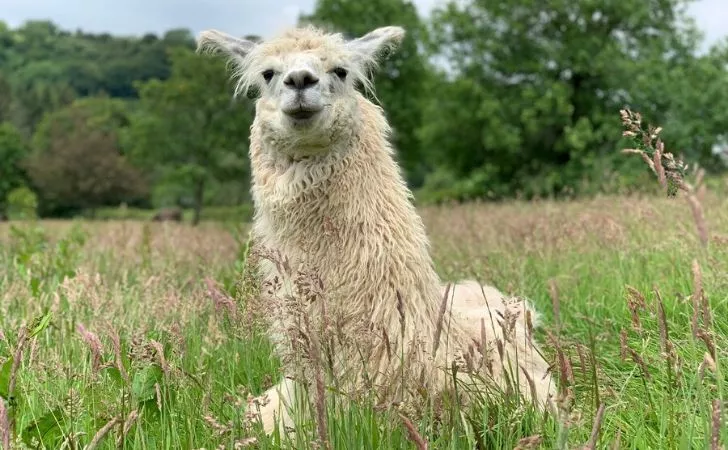
Llamas are very social animals, so it makes sense that they need a way to communicate other than sticking their tongues out in disgust or spitting.
One of the ways they communicate is to hum to each other in a range of tones, all with seemingly different meanings.
Mother llamas will hum to their babies so that they learn to recognize them.
Other times that they hum is when they’re stressed, bored, sleepy, or just interested in something.
There’s also another sound that male llamas make called orgling, but that’s specifically for when they’re mating, and it sounds anything but pleasant!
Llamas are much more friendly than alpacas.
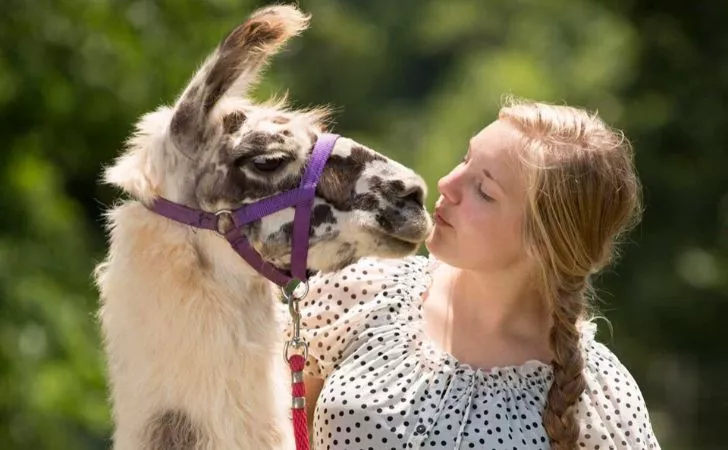
Don’t get me wrong, I love alpacas too! Their furry little faces are so adorable I just want to hug them all. That being said, you probably shouldn’t!
While llamas are much more sociable animals, alpacas tend to dislike close contact with people and stay away in herds.
Llamas are so different in character to alpacas that they’re compared more to dogs!
If you were to compare alpacas to another animal, it would be more to something like a sheep. They just couldn’t care less!
Llama poop has a special place in the history of the Andes.

Some say that if it weren’t for llama poop, Andean cultures wouldn’t have thrived in the way they did.
Life in the Andes is cold and harsh over winter, and in many places, it would have been hard to eke out an existence if not for llamas.
As it has almost no odor it’s a fantastic source of fuel for fires, as well as being great fertilizer.
In fact, llama poop is so useful that it’s colloquially called llama beans by llama farmers!
Herds of llamas have constantly shifting social structures.
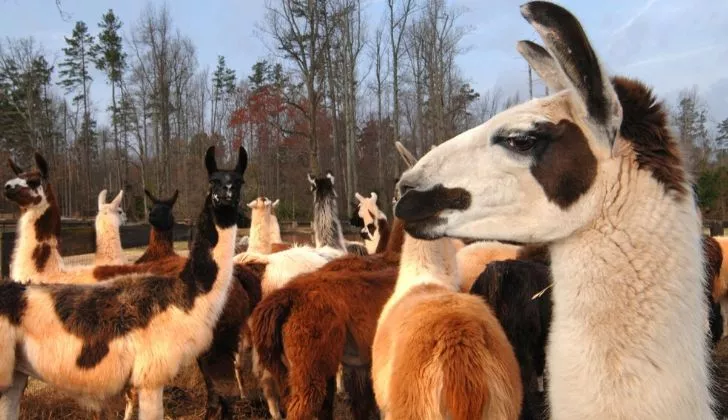
Llamas have their very own form of the pecking order in which males are constantly jostling for higher positions.
Higher ranked llamas will quite commonly spit at lower-ranked llamas to show their power over them, which if you ask me is just a little bit nasty!
The main way in which llamas can do anything about their social status is by picking fights with each other, and they’re quite a show!
When two llamas get into a fight there’s generally a lot of spitting, kicking, and they even wrestle each other with their necks.
Females don’t usually have anything to do with this though, and just spit at other llamas to try and control them.
Forget about guard dogs, now you can have a guard llama!
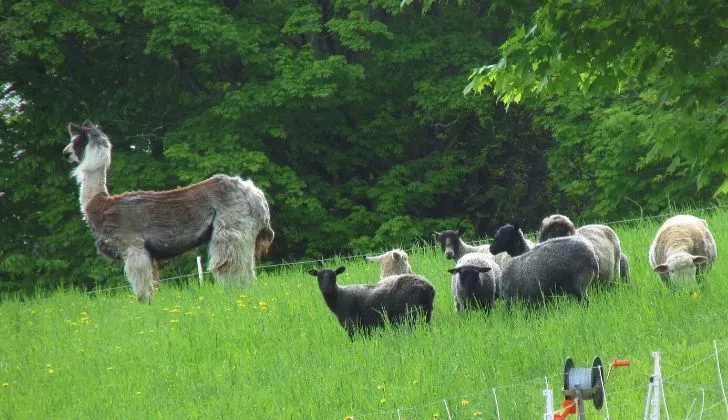
Since the 1980’s llamas have found themselves in quite a different role to that of a pack animal.
Sheep and alpaca farmers in the US discovered that llamas were great guard animals, as long as you only have one per herd of sheep.
This is because a single llama is more likely to bond to the herd and protect them, whereas if there’s another llama they’ll just bond to them and ignore the other animals.
They’re generally used in areas that have large predators like feral dogs or coyotes, like the western parts of the US.
Llamas have found another more soothing job, too.
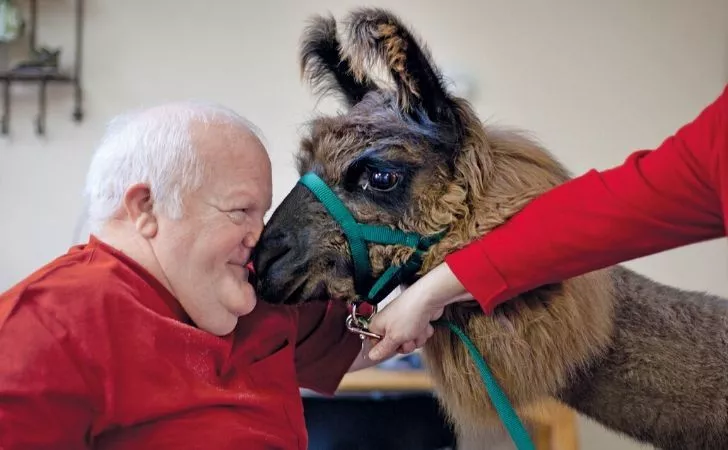
Another very different role that llamas have taken on is that of a therapy animal, which has worked surprisingly well.
In parts of the US, you can find therapy llamas working in nursing homes and schools where they comfort the residents and patients.
It goes without saying that these llamas have to be trained very well, especially to make sure they don’t start spitting and making people’s days worse, not better!
So, there you have it, that’s the llama in a nutshell. I could of course go on and on about












